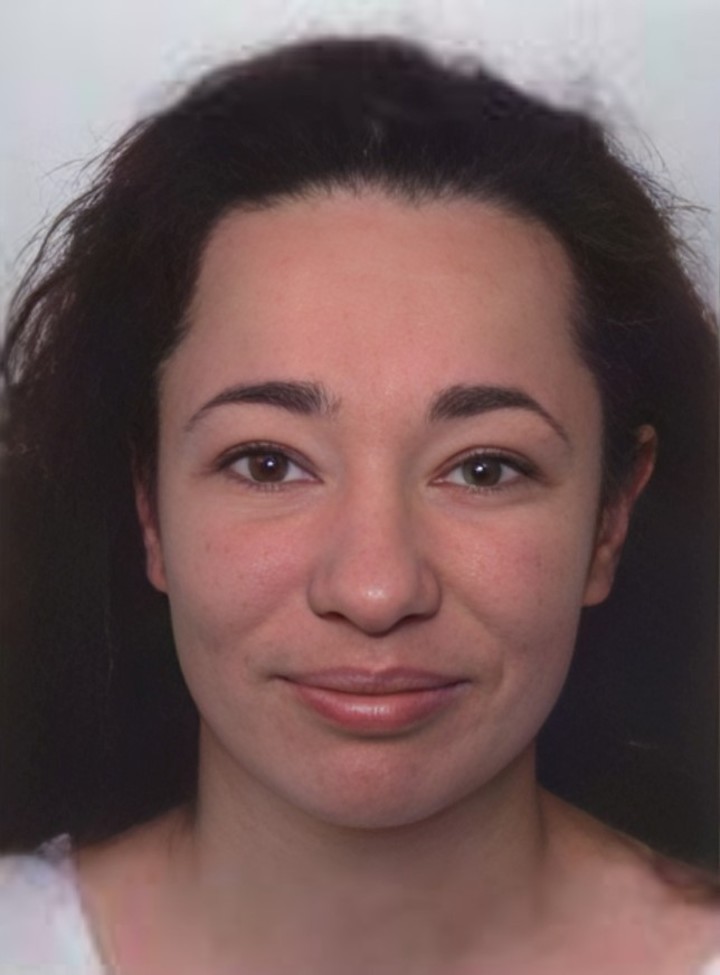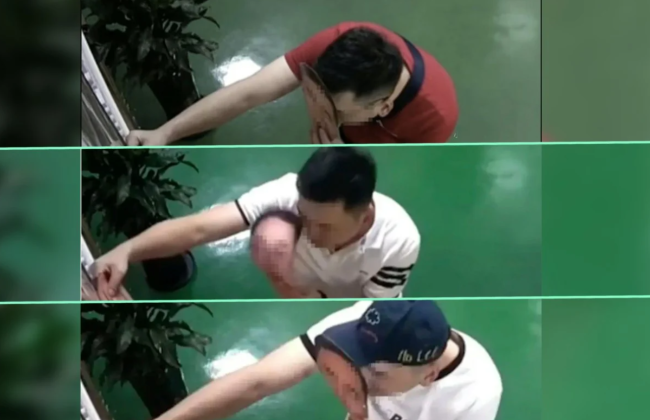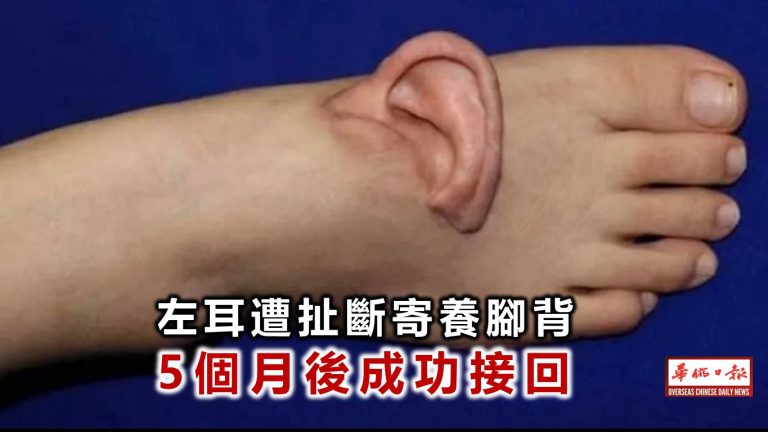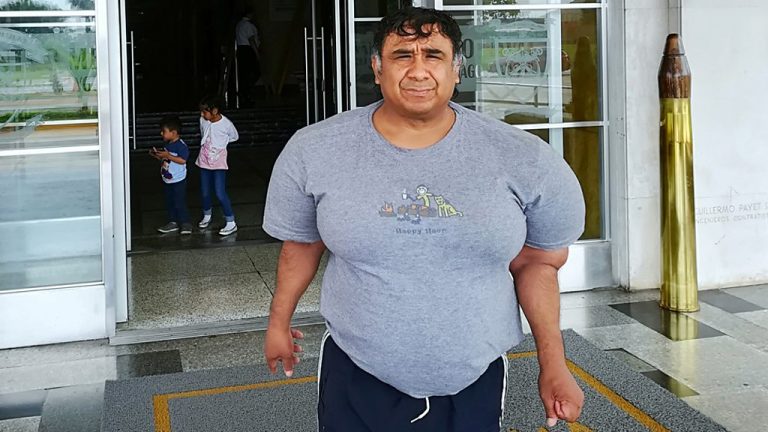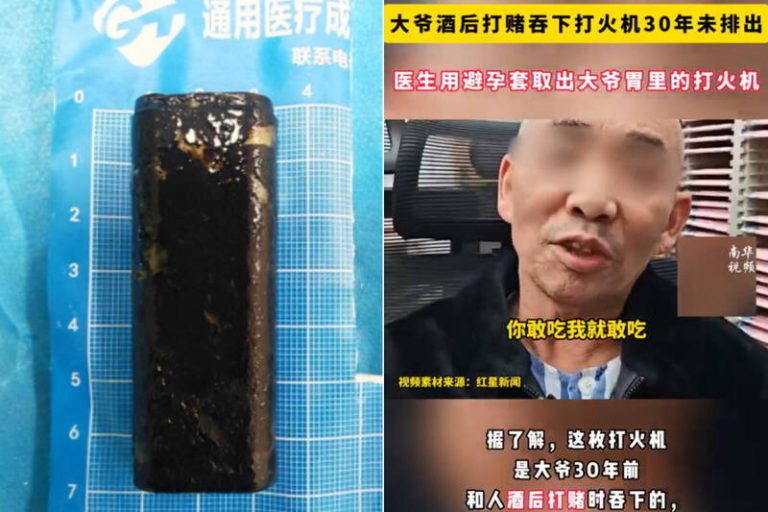Plastic surgery has always fascinated people, so it’s no surprise that shows like Botched or Extreme Makeover are so popular, but nowhere in the world is going under the knife more mainstream than in South Korea, so it makes sense that the Asian country’s own plastic surgery reality show is bigger than any Western shows can ever hope to get.
Let Me In is a hit reality TV show about transforming poor and socially excluded women through plastic surgery in order to give them better lives. But we’re not talking about a simple nose job, some lip fillers and lots of makeup here, most of the candidates chosen to go under the knife come out looking unrecognizable, with some displaying different bone structure and completely changed general features, like the shape of their eyes and mouth. Let Me In has been running for a decade now, and it continues to be a massive television success, although it has also attracted its share of criticism for glorifying plastic surgery.
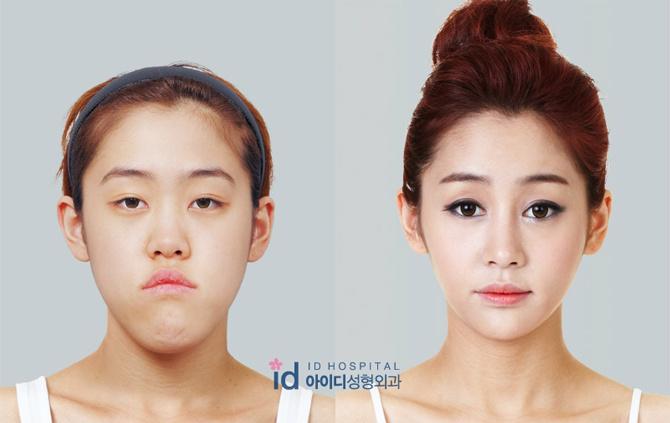
Photo: ID Hospital South Korea
South Korea is ranked no. 1 in the world for the most plastic surgery procedures per capita. Going under the knife is such a big deal here that the capital, Seoul, has an “Improvement Sector”, where you can find hundreds of plastic surgery clinics. South Koreans are renowned for their fixation with good looks, even at young ages, with operations like blepharoplasty (double eyelid surgery) and rhinoplasty (nose job) being popular high-school graduation presents. So despite its controversial nature, Let Me In’s success was practically guaranteed from the start.
The first season of Let Me In aired in 2010, and it quickly became a television phenomenon, keeping millions of people with their eyes glued to their TV sets to see the shocking transformation on participants. Granted, some of the women featured on the show looked unrecognizable, in a good way, but there were some aspects of the show that some found disturbing.
For example, the producers of Let Me In have been accused of condemning the appearance of ordinary women and making it seem that the fact that they didn’t look like a movie star was the sole cause of their lack of confidence. At the same time, plastic surgery was promoted as the only way to help them boost their self-esteem.
“Let Me In fails to disclose the negative aspects of cosmetic surgery and promotes the fantasy that your life can be much better through plastic surgery,” civic group Korean Womenlink wrote in a statement. “Although the program falls into the category of a television show, one cannot deny the fact that the program is advertising cosmetic surgery.”
The nicknames given to participants based on their physical problems (Girl Who Looks Like Frankenstein, Woman Who Cannot Laugh, Flat-Chested Mother, etc.), and bringing participants parents out on stage to apologize for giving them bad genes and being too poor to buy them plastic surgery, have also been the target of criticism in the past.
But regardless of the controversy, Let Me In has retained its popularity and prime-time slot on South Korean TV, as the shocking transformations of chosen participants continue to fascinate viewers. The massive success has helped the show transcend borders, and a Thai version of Let Me In has been airing for over three years now.


